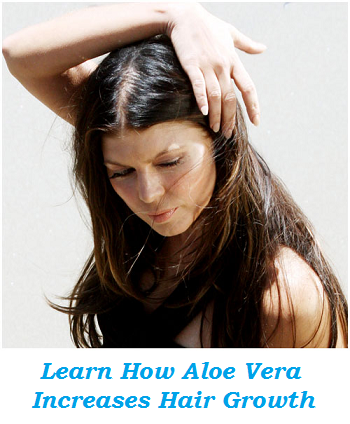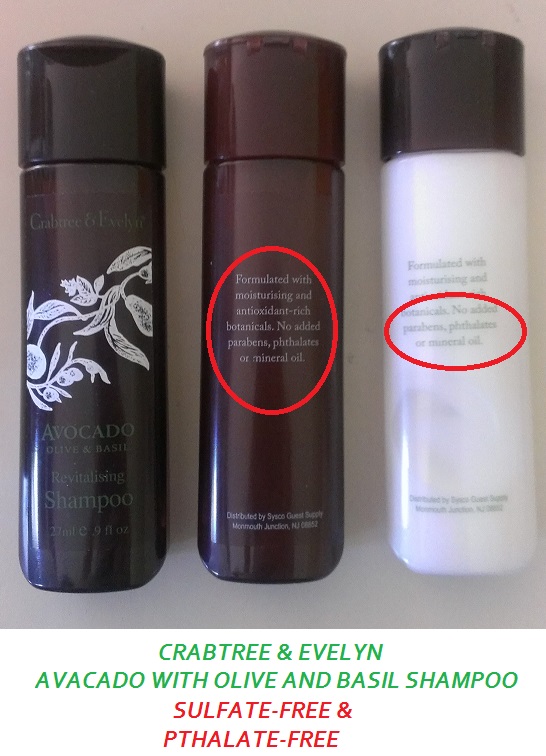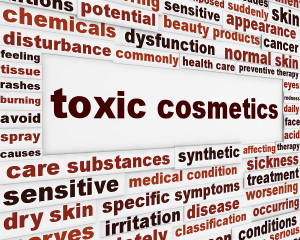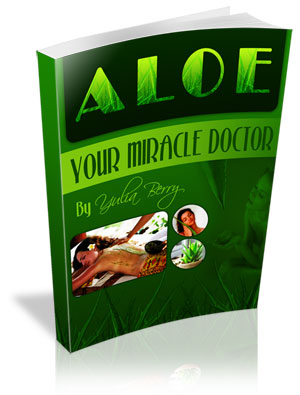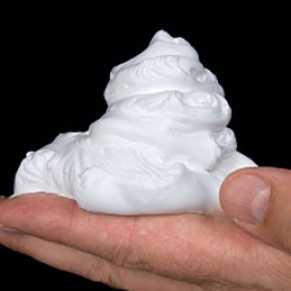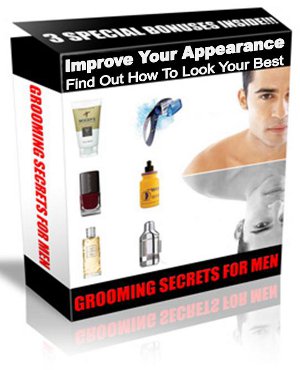Does Aloe Vera Help Hair Growth ?
Many are familiar with the incredible benefits of aloe vera for healing burns. However, did you ever think it would be good for “hair growth”? Studies are showing that it can be very useful to treat topical hair loss. This is because too often, hair loss can be a result of decreased circulation to the head (i.e. micro circulation defects), and aloe is a stimulant; meaning it promotes circulation.
Brushing Promotes Hair Growth
Often people that are experiencing hair loss/thinning are afraid to touch their hair, brush the area or stroke their hands through their hair because of the possibility that more hair will come out and make things worse. I’m sure some men don’t even scrub shampoo into their hair because they are afraid of more hair loss.
Let’s get this straight! This is false, false, false! It is actually better to brush the area where your hair is thinning/your losing hair because it will increase blood flow to that region of your head and stimulate growth.
Alopecia
If you have never heard of alopecia, you are probably familiar with it. It is often seen on men (and women) who have small bald spots on their head. It’s not a big deal but many are self-conscious about it. Aloe vera or Aloe barbandensis gel has shown to also improve hair growth following alopecia (3).
Why you may ask? Well, it has to do with the chemical “aloenin” in the aloe, which is the major constituent responsible for promoting hair growth without irritating the skin (4).
Best Shampoo For Hair Growth
There are many shampoos with aloe vera that are very good for (a) promoting circulation to your head (i.e. increasing hair growth) and (b) moisturizing your hair and improving it’s shine. The eco-savy staff tried a whole bunch of different shampoo’s with aloe, and concluded that this one is the best (right from Thailand too! …the aloe is of much higher quality):
References
(1) Grindlay D., Reynolds T. (1986) The Aloe vera phenomenom: a review of the properties and modern uses of the leaf parenchyma gel. J Ethnopharm 16: 117-151
(2) Inaoka Y., Fukushima M., Kuroda H. (1988) Hair tonics containing aloenin. Jpm Kokai Tokkyo Koho 3: JP6329528.

